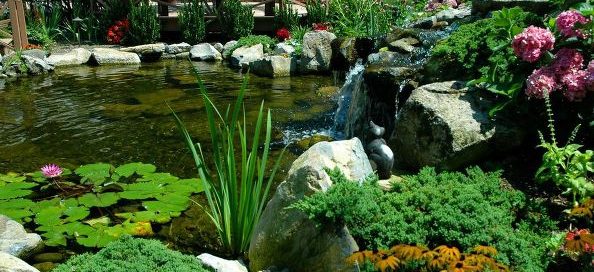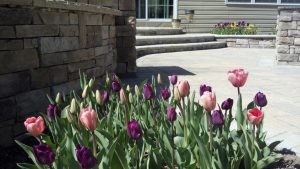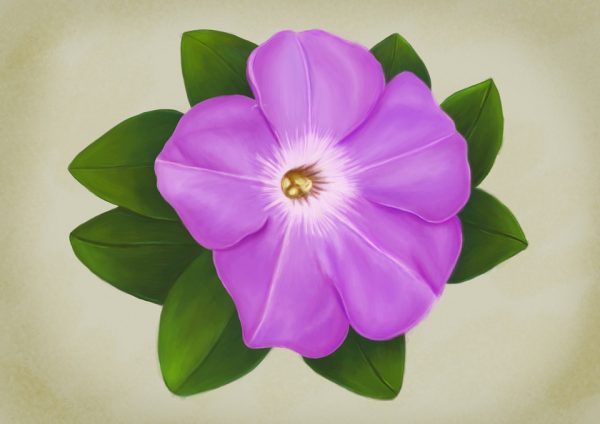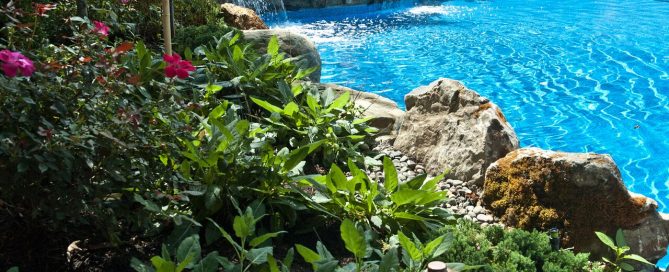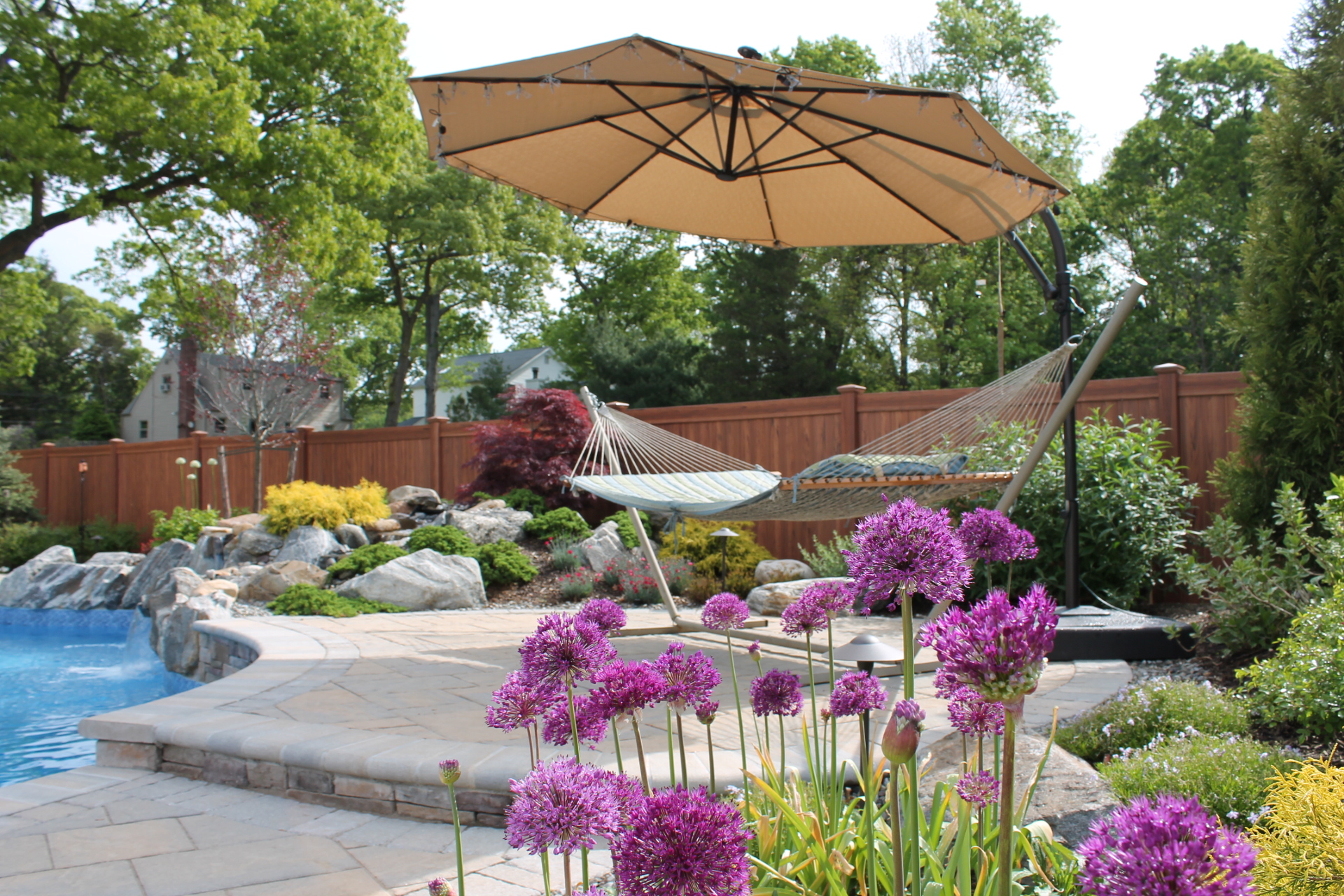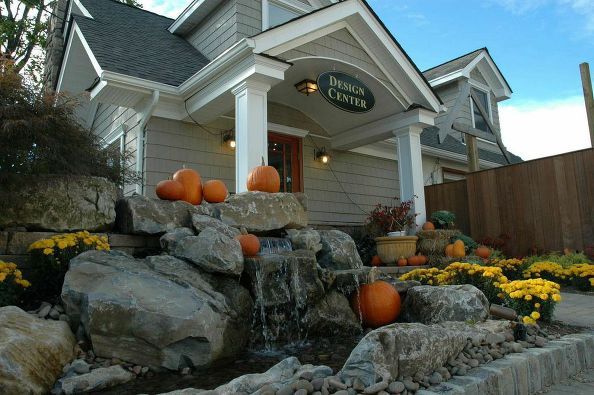Stepping Stones Help Make the Most of Your Backyard
Long Island has many expansive properties — as well as places where space is at a premium. No matter its size, stepping stones can help you make the most out of the property you have.
Create Stepping Stone Areas in Lieu of Patios
These clients, for example, wanted a footpath leading to their tool shed. But they had a small backyard. And we were already installing extensive multi-level paver patios. So it wasn’t surprising they didn’t want more solid hardscape on the opposite side of the pool.
Instead, bluestone stepping stones allowed for greenery to show through. Along with attractive plantings on either side of the pathway, the journey to their shed offers an uplifting experience that’s not just about the tasks at hand.
Hide Storage and Equipment
For these Deck and Patio clients, we combined several good ideas for maximizing space.
The stepping stones were installed to make a special walking area for the homeowners as they move around their backyard.
“While this kind of space is ideal on its own,” says our own Dave Stockwell, “the idea came to us when we were looking for a creative way to hide their new swimming pool equipment.
“We decided to create this wilderness area with plantings etc. in a way that offered contemplation moments while at the same time finding a creative way to hide their pool equipment.”
Create Memorable Escape
In this Deck and Patio project, the bluestone stepping stones were installed to lead past cascading waterfalls, including a dramatic 7’-high waterfall. “This is a very special experience for the clients,” says Dave. “The waterfall is reminiscent of their family’s vacations.
“Usually waterfalls drop into a pond or pool and you can’t walk this close to them. But these fall on firm ground, installed over river rock, underneath which is a ‘pondless’ reservoir.
Practical Pathway
Not all stepping stones are flat bluestone slabs. The Japanese introduced Zen-garden landscape design centuries ago, inspiring the world to place larger stones as stepping stones across ponds and water feature
“The clients’ desire for a natural-scape in this yard helped inspire us,” says Dave.
First, Deck and Patio installed regular flat bluestone stepping stones leading up to a flowing stream water feature we were doing. Then, larger natural stones were added to walk across the stream.
More flat bluestone was positioned on the other side as a walkway up to the clients’ pool area. Finally, we also added moss rock in various places which adds color and texture.
“Our clients even enjoy it in winter when the moss rock boulders around the stream become sparkling ice sculptures,” adds Dave.
Feature Photo: A deck can be part of the pond/stepping stone contemplation space, too. This Deck and Patio deck was designed with a viewing platform to enjoy the new pond with waterfalls and beautiful landscaping.
At the bottom of a set of stairs, we placed the first of several large stepping stones leading from the deck, providing a delightful walk across the pond to other viewing areas of the multi-faceted water feature.

